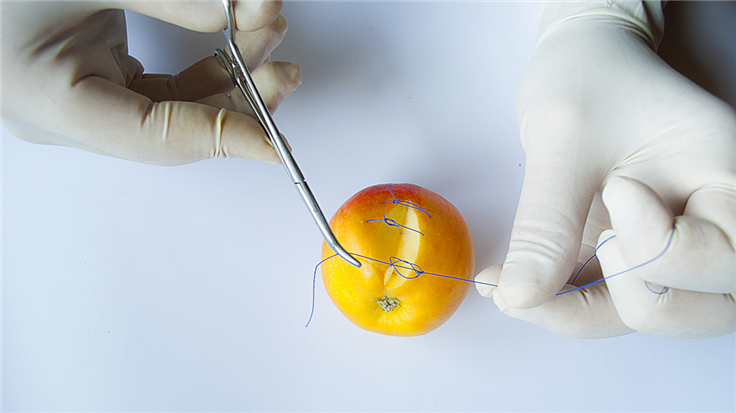The Cybersecurity & Infrastructure Security Agency (CISA) has added two new vulnerabilities to its Known Exploited Vulnerabilities Catalog, based on evidence of active exploitation. This means that Federal Civilian Executive Branch (FCEB) agencies need to remediate this vulnerability by October 2, 2023 in order to protect their devices against active threats. We urge everyone else to take these seriously too.
Apple released security updates for several products to address these vulnerabilities on September 7, 2023.
An overview of the updates that are available at the time of writing:
| Name and information link | Available for | Release date |
| iPhone 6s (all models), iPhone 7 (all models), iPhone SE (1st generation), iPad Air 2, iPad mini (4th generation), and iPod touch (7th generation) | 11 Sep 2023 | |
| macOS Monterey | 11 Sep 2023 | |
| macOS Big Sur | 11 Sep 2023 | |
| macOS Ventura | 07 Sep 2023 | |
| iPhone 8 and later, iPad Pro (all models), iPad Air 3rd generation and later, iPad 5th generation and later, and iPad mini 5th generation and later | 07 Sep 2023 | |
| Apple Watch Series 4 and later | 07 Sep 2023 |
The updates may already have reached you in your regular update routines, but it doesn’t hurt to check if your device is at the latest update level. If a Safari update is available for your device, you can get it by updating or upgrading macOS, iOS, or iPadOS.
How to update your iPhone or iPad.
The Common Vulnerabilities and Exposures (CVE) database lists publicly disclosed computer security flaws. The CVEs added to the Catalog of Known Exploited Vulnerabilities are:
CVE-2023-41064: A buffer overflow issue was addressed with improved memory handling. This issue is fixed in macOS Monterey 12.6.9, macOS Big Sur 11.7.10, macOS Ventura 13.5.2, iOS 16.6.1 and iPadOS 16.6.1, iOS 15.7.9 and iPadOS 15.7.9. Processing a maliciously crafted image may lead to arbitrary code execution.
A buffer overflow is a type of software vulnerability that exists when an area of memory within a software application reaches its address boundary and writes into an adjacent memory region. In software exploit code, two common areas that are targeted for overflows are the stack and the heap.
The heap is an area of memory made available use by the program. The program can request blocks of memory for its use within the heap. In order to allocate a block of some size, the program makes an explicit request by calling the heap allocation operation.
CVE-2023-41061: A validation issue was addressed with improved logic. This issue is fixed in watchOS 9.6.2, iOS 16.6.1 and iPadOS 16.6.1. A maliciously crafted attachment may result in arbitrary code execution.
At the time of the patches being released, Apple said it was aware of a report that these issues may have been actively exploited.
The vulnerabilities were discovered as zero-days by CitizenLab, while checking the device of an individual employed by a Washington DC-based civil society organization with international offices. Together, these two vulnerabilities were found to be used in an attack chain dubbed BLASTPASS. The exploit chain was capable of compromising iPhones running the latest version of iOS (16.6) without any interaction from the victim and was reportedly used by the NSO Group to deliver the Pegasus spyware.
We don’t just report on threats—we remove them
Cybersecurity risks should never spread beyond a headline. Keep threats off your devices by downloading Malwarebytes today.











